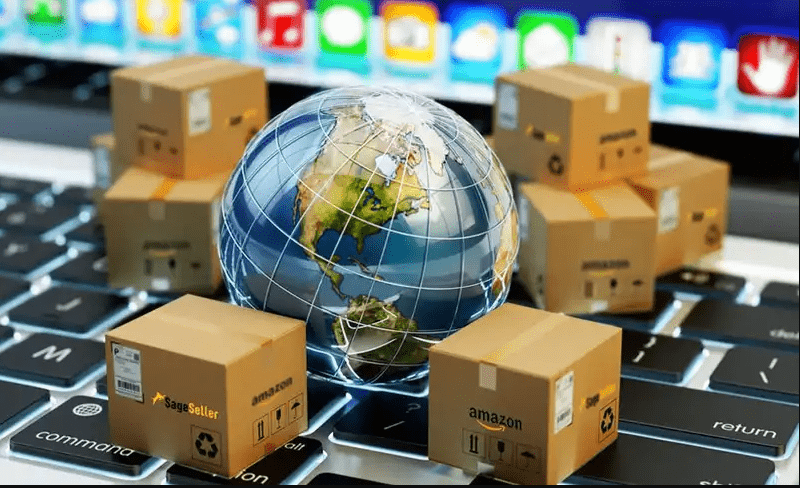Amazon Global Selling and Marketplace in which the internet has made the world a global economic hub. E-commerce has never been more popular in countries. It is easy to buy and sell goods all around the globe by simply clicking a few buttons. Globalization has changed the world’s economy. It has created a global network that allows goods to move across borders. As a result, the sector is growing exponentially and contributing significantly to the worldwide economy.
According to Statista, in 2020, over two billion people will have bought products or services online, with global e-commerce revenues exceeding 4.2 trillion dollars. eCommerce revenues are expected to rise to 5.4 trillion U.S. Dollars in 2022, according to statistics. The industry’s projected growth in value is a strong indicator that it will continue to thrive.
If you look at the eCommerce industry from a global perspective, you will see that there are two types: sellers who sell within their own country and those who don’t. Which are you?
Let’s suppose that your business is doing well on Amazon or online. Should you expand? What can you do to grow your business internationally? Do you think multichannel marketing is a good idea? What international markets should you next expand to? What cross-border market strategies should you adopt? Read on if you are interested in exploring cross-border e-commerce.
Amazon Global Selling and Marketplace Overview
Before we get into our research on selling cross border or on multiple marketplaces, let’s take a look at some facts about e-commerce global selling worldwide in 2021:
Cross-border e-commerce accounts for 15% of all global e-commerce sales in 2016, and 22% in 2022. It is expected that it will grow at a compound annual rate of 27% in 2026.
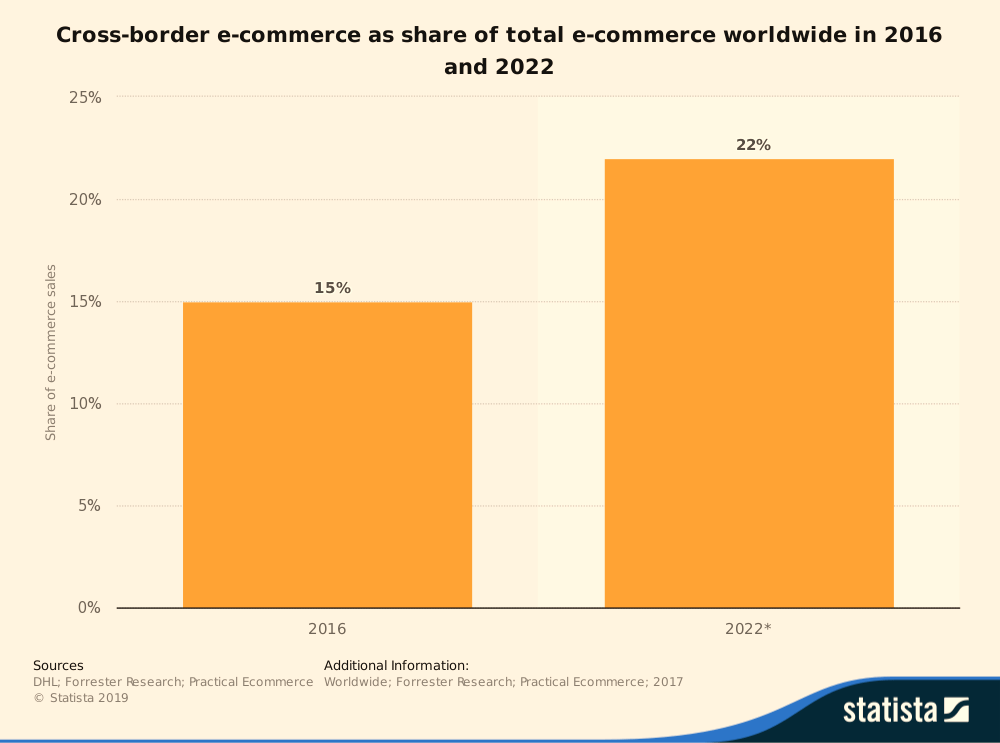
Cross-border e-commerce growth is twice as fast as domestic e-commerce. Shoppers can access foreign e-commerce websites at any time, and 57% of them are making sales. Many reasons would lead consumers to buy goods from another country. There are many reasons why consumers would choose to purchase goods from another country, including product range, flexible payment methods, lower prices, brand availability, and public access to specific or foreign products.
Online marketplaces account for the largest share of online spending worldwide.

The majority of all online transactions are made through online marketplaces. A survey found that 47% of all online sales were made through digital marketplaces. With a 26% market share, apps and retail websites came in second. Nearly half of global online shopping orders came from online marketplaces like Amazon and eBay. Amazon is the leader in online shopping website traffic, with more than 5.2 billion unique visitors as of June 2020.
The global coronavirus (COVID-19) pandemic continues its significant impact on e-commerce and consumer behavior online.
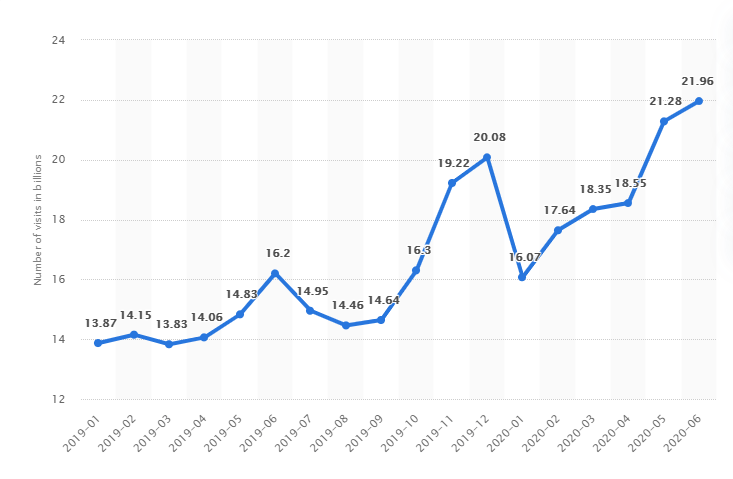
Digital channels emerged as the best alternative to in-person shopping and crowded stores in the early 2020s, with millions staying at home to stop the spread of the virus. Retail websites had nearly 22 billion visits in June 2020. This is an increase of 16.07 billion global visits in Jan 2020. Consumers are more interested in convenience and immediate access because of the pandemic.
What are the main takeaways?
The e-commerce market is a rapidly growing industry that is open to everyone. Their borders do not limit buyers and sellers. Apps, apps, selling tools and smartphones, financial services, and 5G all contribute to an increasing level of cross-border e-commerce activity.
For a long, shopping habits have shifted away from traditional retail to e-commerce. However, COVID-19 has caused endless lockdowns that have pushed shoppers to go online. Both sellers and shoppers have begun to transact outside their country as the coronavirus spread.
This global selling phenomenon is particularly relevant for sellers. It shows that multichannel cross-border expansion is possible and that it is possible to sell products in new markets, increase revenue, and build a global brand.
Merchant Spring often helps its users to expand their global reach via the Amazon marketplace network or similar. This is after they have established a solid foundation in their local area.
Cross-border Selling:
Using Marketplaces to Expand Businesses Worldwide
Marketplaces, as previously stated, are the driving force behind strong sales results, product selection, advertising, and brand strategy. These marketplaces are essential for any eCommerce business. However, it’s multi-marketplace and cross-border selling that we see our users at Merchant Spring taking advantage of.
The number of marketplaces in many countries is constantly increasing, so the best way to sell products internationally is to reach new markets and connect with new customers via global networks. Amazon is an excellent example of this.
What is the reason for this? We have had many conversations over the last few months with sellers, marketplaces, and service providers and, in simple words, learned a lot.
Amazon Global Selling and Marketplace
Marketplace infrastructure is at the heart of everything. We spoke in detail with global marketplaces such as On Buy and Discount, Lazada, and Shop and learned that they all have (or are currently putting together) a global technology infrastructure. This infrastructure includes tools like unified selling accounts and cross-region listing, and native fulfillment services to make cross-border selling as easy as possible.
As a specific example, Discount in France has Discount Fulfillment which allows sellers to use their warehouses (much like FBA), Lazada in South East Asia provides sellers with access to their Global Selling Platform, which allows sellers to quickly sell across all Lazada regions through one account (similar to the Amazon Global Selling Program). Of course, this is something Amazon does already, but it’s easier than ever for sellers to reach other markets and regions by using these tools and features.
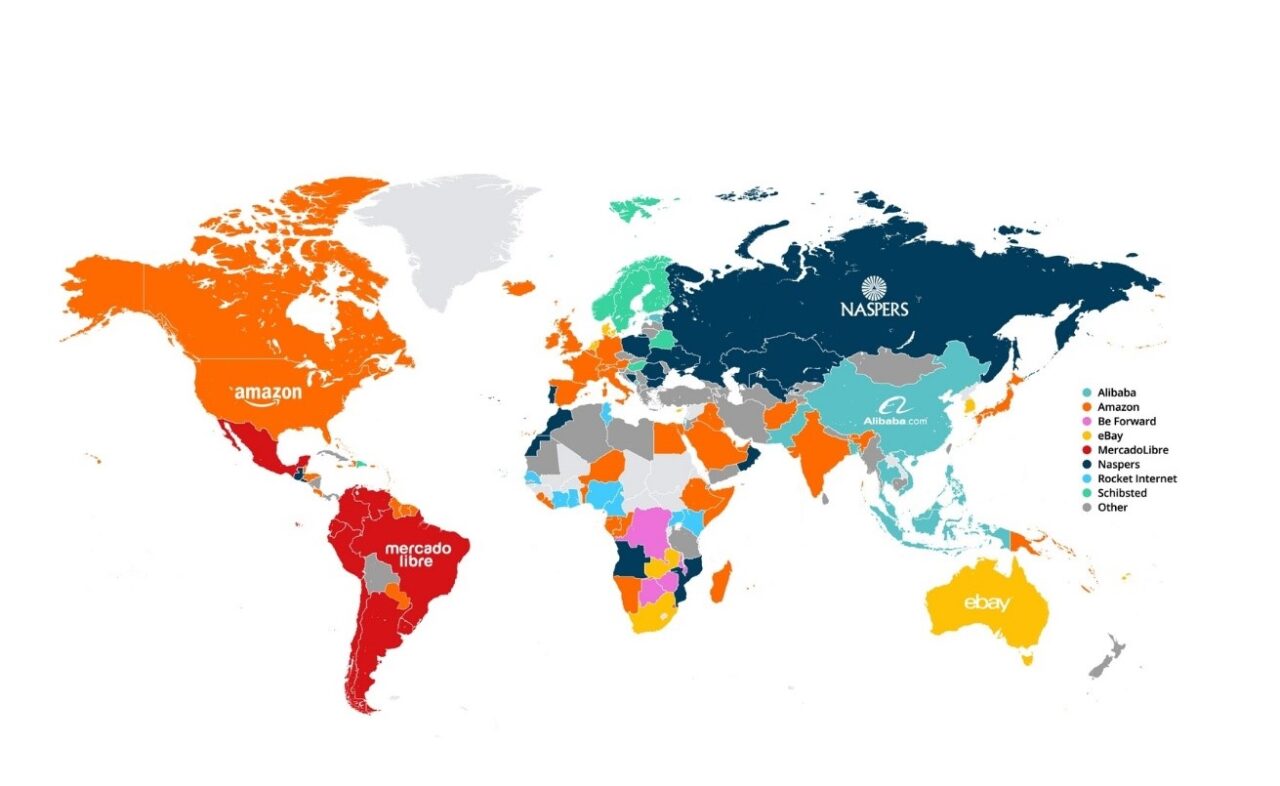
Europe is the epicenter of cross-border sales. This may be due to the Eurozone. In Europe, selling in Europe allows you to reach many countries and sell products to less saturated markets, satisfy international demand, increase brand awareness, and meet global demand.
It is worth noting that Europe also has many marketplaces available for customers and sellers, reporting 63 different marketplace sites.
Europe remains the largest online marketplace, with over 1.1 billion monthly visits. However, eBay is second, with only 35% of Amazon Europe traffic. European traffic drops rapidly after the top two online marketplaces. Allegro and Zalando receive 202 million and 111 million visits, respectively.
What percentage of sellers are located in your area, and what percentage are located overseas?
The figure shows that third-party foreign sellers have penetrated European marketplaces. It’s easy to see why it could be attractive based on the population. Selling in Germany, France, Spain, Italy, and The Netherlands theoretically gives you an audience of almost 271 million people.
You can reach these potential buyers by simply expanding your European market presence and selling on European markets.
We can see that there are even more foreign sellers on the other side of this globe. Australia has the highest percentage of foreign sellers relative to local sellers.
It is easy to see that there are similarities between English-speaking markets. Therefore, this may seem like an easy opportunity for expansion. However, sellers must be aware of many complexities, such as currency, settlement requirements, tax, and duties.
Where else can Amazon Global Selling and Marketplace sell?
A recent 2021 report on the state of the Amazon seller finds that many sellers operate in multiple global marketplaces simultaneously with:
- Amazon sellers are more than half (54%) who sell on various platforms.
- 32% of American marketplace sellers also trade in Canada and 16% in Mexico.
- Amazon sellers based in the U.K. operate in the French and German markets.
- 39% of Amazon sellers plan to sell on Walmart in 2021.
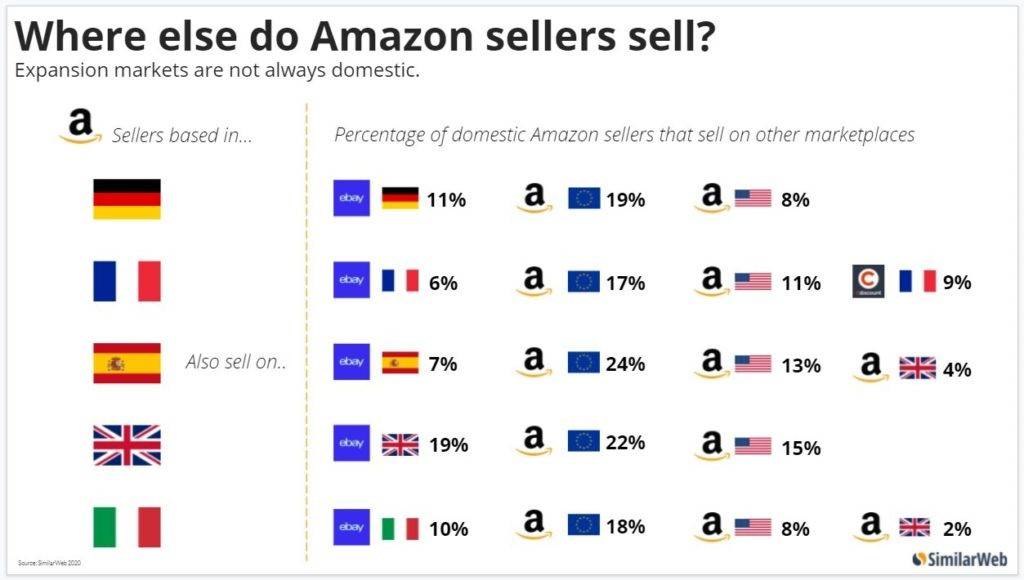
Multichannel selling is possible, and it’s already happening. With the Amazon Global Selling program, sellers can list their products on all Amazon marketplaces in the U.S. and Asia-Pacific.
Amazon currently offers 20 marketplaces, which can provide 20 opportunities for you to grow your business. Amazon Global Selling and FBA are available regardless of where you live. In addition, Amazon can handle all shipping, returns, and refunds.
Amazon is an open platform that allows sellers to sell in multiple countries. Lazada and Discount have similar or better infrastructures that will enable you to trade from anywhere.
Here’s our shameless plug: If you sell (or plan to sell) across multiple channels worldwide and are concerned about visibility, Merchant Spring Marketplace Manager can help. Merchant Spring Marketplace Manager allows you to view 100+ marketplaces from one global dashboard.
What about other markets?
Amazon sellers have the opportunity to expand beyond their home country. However, multichannel marketplace selling is a business model where a merchant sells its products through multiple channels. As a result, sellers may not choose to expand their market in their own country.
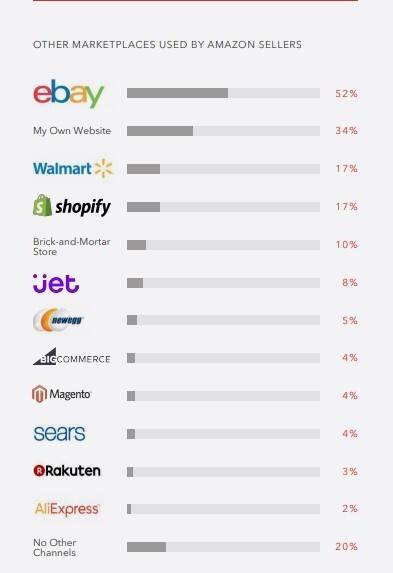
Third-party sellers becoming more proficient in selling on Amazon’s marketplace means that many are looking to or need to expand their reach to other platforms such as Walmart (39% percent of Amazon sellers think about it).
Intelligence platform feed visor asked U.S. Amazon marketplace sellers what would be their business goals for the year. While expanding existing product lines was the most popular answer, over a third (35%) said they would diversify to different platforms. This was a significantly higher percentage than those who want to create their e-commerce website (12%). Multichannel selling is a priority for many e-commerce sellers.
are many marketplaces available? Before you start multichannel selling, it is important to test each one. You need to plan. Don’t add to your workload by choosing a marketplace that doesn’t suit your products.
After you have decided which markets you wish to expand your business into, you can use our Marketplace Management Tool to streamline the process of tracking profit and sales without needing to log in to multiple platforms. Our platform is available in over 100 markets around the globe.
The Numbers Speak For Themselves
Cross-border sales are changing the way you run your business. Merchant Spring and others are trying to make it easier to sell to anyone, anywhere.

